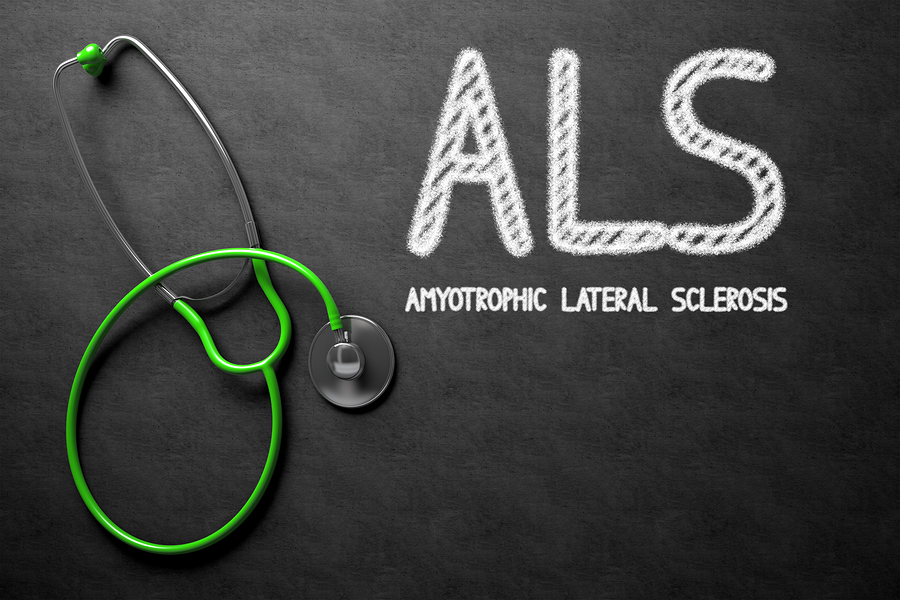ALS Life Expectancy After Diagnosis
Category:

ALS, or amyotrophic lateral sclerosis, is a progressive neurodegenerative disease that affects nerve cells in the brain and spinal cord. The body uses motor neurons to control muscle movement. These neurons reach from the brain to the spinal cord and from the spinal cord to all the muscles in the body. They govern voluntary movement and muscle control. ALS causes these moto neurons to degenerate until they eventually die.
As muscle control is lost, those suffering from ALS eventually lose the ability to eat, speak, move and breathe. The average life expectancy for someone with ALS is around five years. Discovered at the end of the 1800’s, ALS leapt into public knowledge when it ended the career of Lou Gehrig, one of baseball’s most beloved players. As a result, you may know ALS as Lou Gehrig’s disease. More recently, Mitch Albom’s book Tuesdays with Morrie discussed author Albom’s time spent with and lessons learned from his former college professor as he died from ALS.
What is the Life Expectancy of Someone with ALS?As muscle control is lost, those suffering from ALS eventually lose the ability to eat, speak, move and breathe. The average life expectancy for someone with ALS is around five years. Discovered at the end of the 1800’s, ALS leapt into public knowledge when it ended the career of Lou Gehrig, one of baseball’s most beloved players. As a result, you may know ALS as Lou Gehrig’s disease. More recently, Mitch Albom’s book Tuesdays with Morrie discussed author Albom’s time spent with and lessons learned from his former college professor as he died from ALS.
What is the Life Expectancy of Someone with ALS?
Life expectancy after an ALS diagnosis varies, though it is generally between two and five years. About 20% of people diagnosed with ALS live for five years, around 10% live for ten years, and around 5% live for twenty years or more.
One of the reasons ALS life expectancy can vary is due to the different symptoms patients can experience. Some may begin to struggle to hold a pen or coffee cup, showing that ALS is affecting their hand and arm muscles. Others may notice changes in the pitch of their speech, indicating ALS may be affecting the muscles around the throat. Some may find themselves tripping or losing their balance more often. Not everyone who experiences ALS has the same start or progression of symptoms, which can make the ALS life expectancy after diagnosis difficult to predict.
Remarkably, the slow onset of muscle paralysis caused by ALS is generally painless. Senses of touch, taste, hearing and smell are unaffected, as are the muscles of the eyes and bladder control.
Download Our FREE Path to Care Guide
Treatment of ALS
Life expectancy after an ALS diagnosis can be impacted by treatment and care. Unfortunately there is no cure for ALS, but there are some ways to manage the disease that can extend a patient’s life while maintaining quality of life.
Maintaining nutrition and hydration levels are important as they can increase energy and help slow the progression of the disease. Communication devices can be used if speaking becomes challenging or impossible. Additionally, the FDA recently approved two medications that can slow the progression of ALS, which should eventually increase the life expectancy of someone diagnosed with ALS.
The average life expectancy for ALS can feel like a discouraging and frightening number. But it is important to remember that many groups are researching ALS, looking for ways to prolong life and ultimately cure the disease. Medical advancements are happening every day, and with support and care those diagnosed with ALS can still enjoy several years of quality life.
Subscribe
Date: 2024-06-12
Category:


